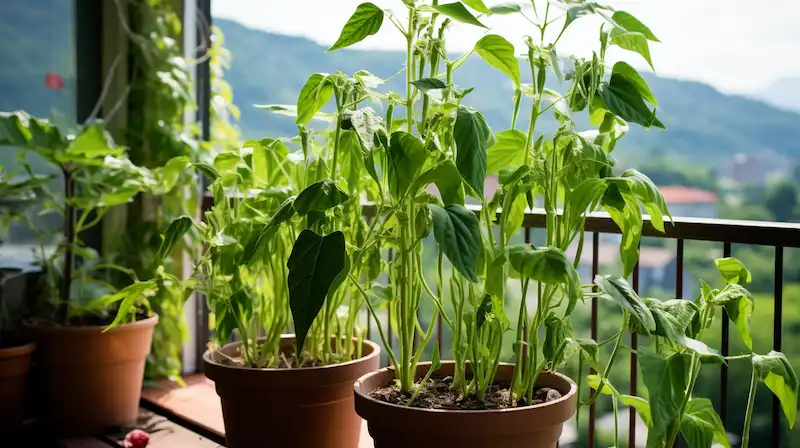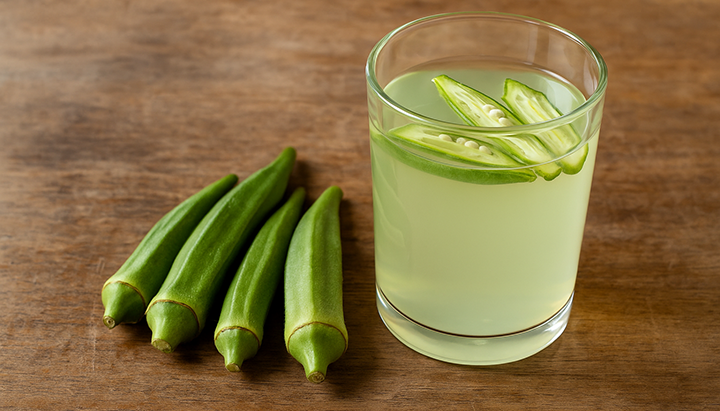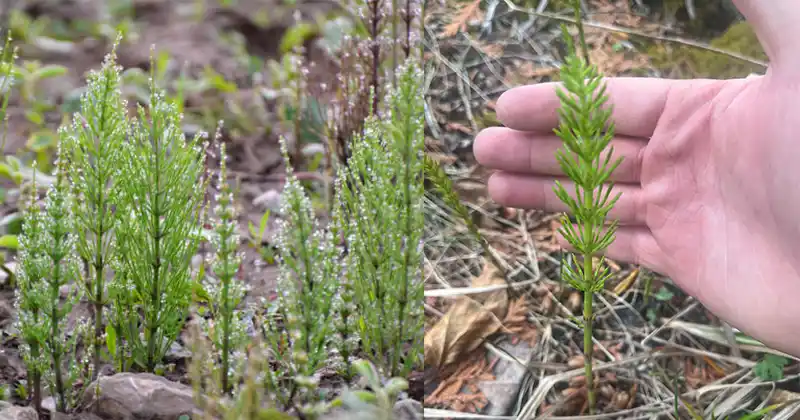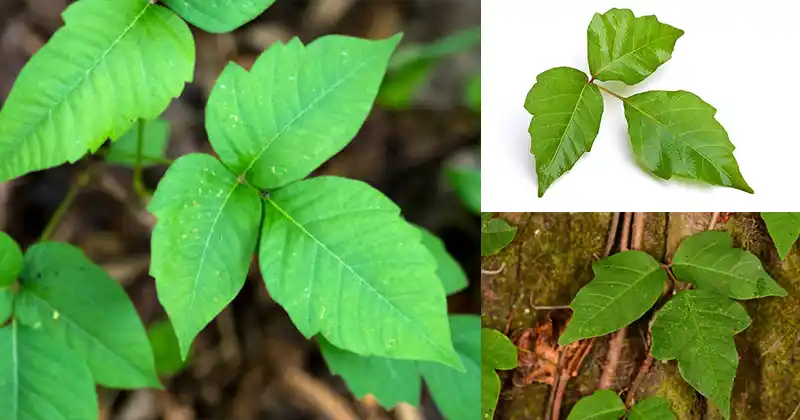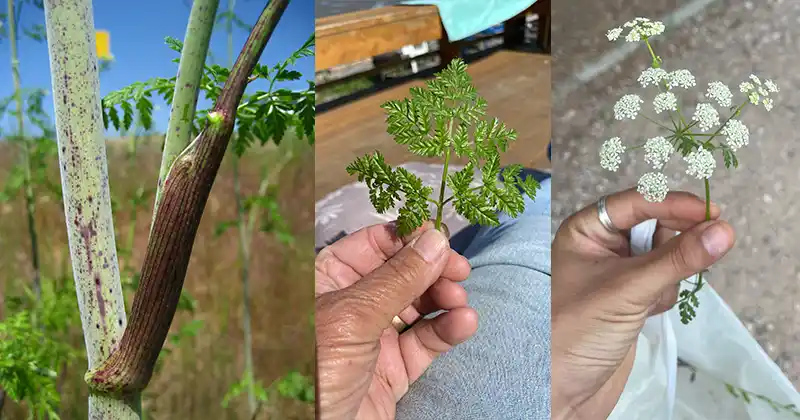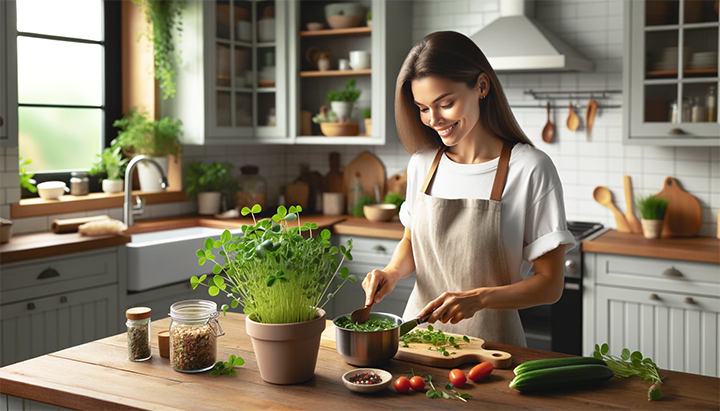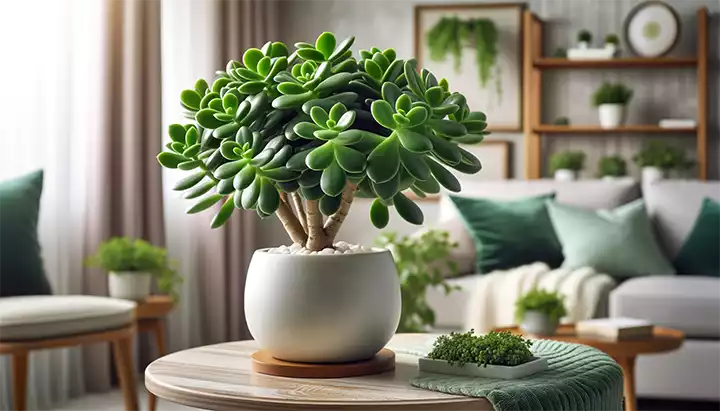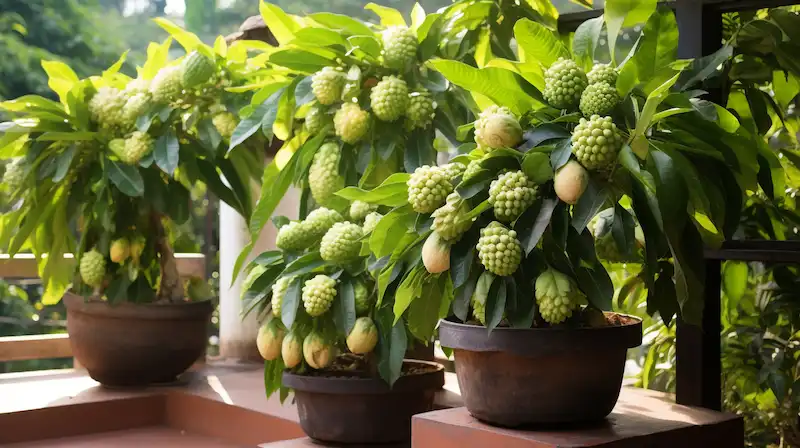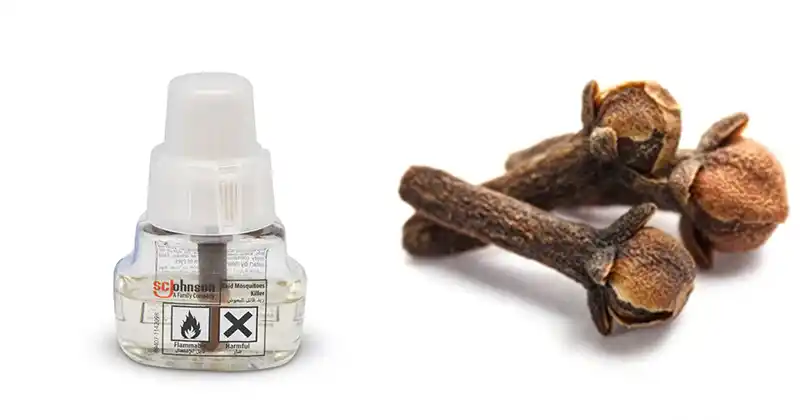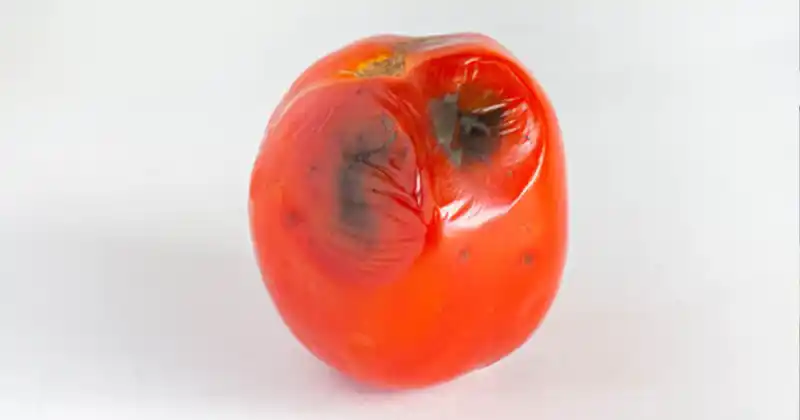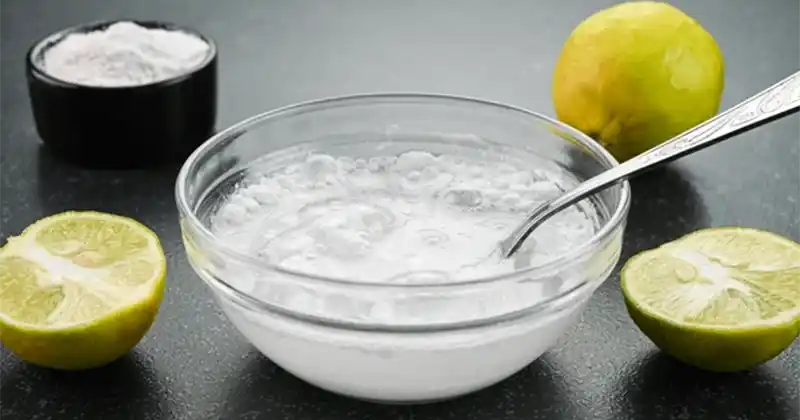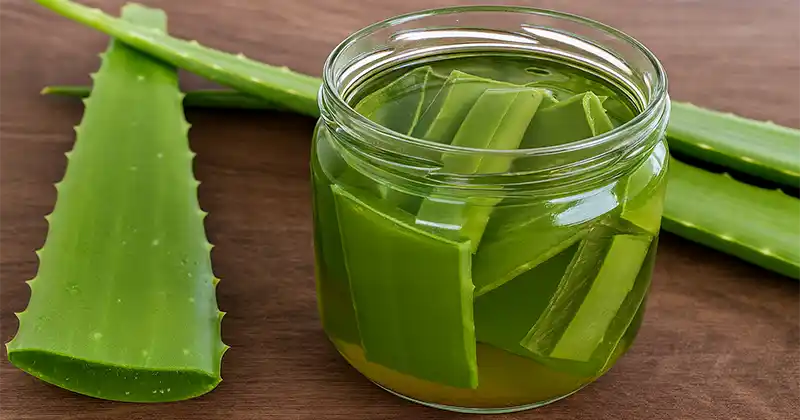Growing okra in pots is a delightful venture for both seasoned gardeners and novices alike. This versatile and hardy plant can thrive in containers, making it an ideal choice for those with limited garden space or who prefer container gardening. This article will guide you through selecting the best okra varieties for pot cultivation, offer a step-by-step guide for planting, and provide essential tips for caring for your potted okra to ensure a bountiful harvest.
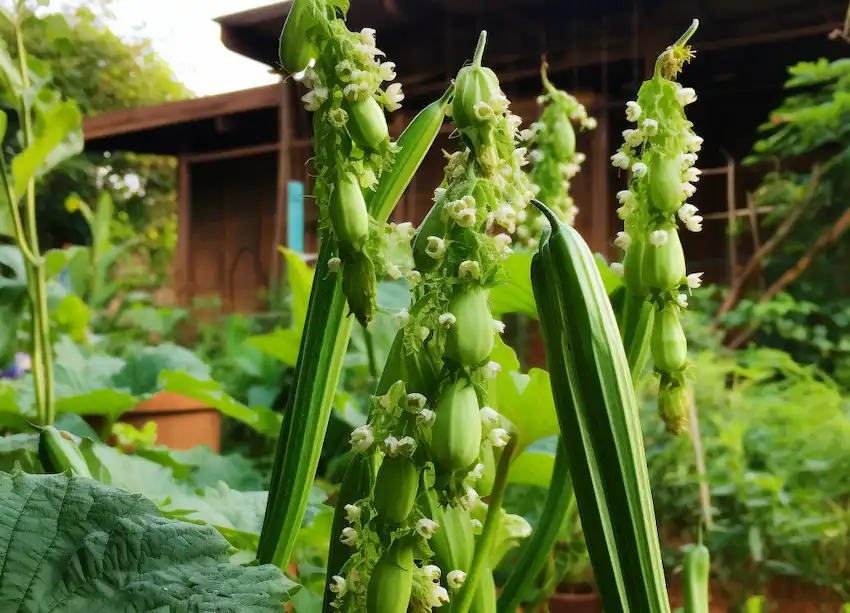
Selecting the Right Okra Varieties
When it comes to growing okra in pots, not all varieties are created equal. The key is to look for compact varieties that are known for their excellent flavor. Here are some top picks:
- Clemson Spineless: A classic favorite, this variety is known for its tender, spineless pods and robust growth, making it ideal for container gardening.
- Baby Bubba Hybrid: A dwarf variety, Baby Bubba is perfect for small spaces. Despite its size, it yields a generous amount of mild-flavored pods.
- Lee: Renowned for its deep green, tender pods, Lee is a high-yield variety that adapts well to container life.
- Annie Oakley II: A fast-growing, spineless variety, Annie Oakley II produces an abundance of tender pods and thrives in containers.
- Emerald: Known for its long, slender, and spineless pods, Emerald offers a consistently tender texture and good flavor.
Step-by-Step Guide to Planting Okra in Pots
- Choosing the Right Container: Opt for a pot that is at least 12 inches in diameter and equally deep to accommodate the okra’s roots. Ensure it has adequate drainage holes.
- Quality Soil: Use a high-quality potting mix, ensuring it offers good drainage while retaining enough moisture.
- Seeding: Plant okra seeds about 1 inch deep in the soil. You can start seeds indoors and move them outside when the weather warms up.
- Spacing: If planting multiple seeds in a large container, maintain a spacing of about 12 inches between each seed to give each plant enough room to grow.
- Positioning: Place your pots in a sunny spot where they can receive at least 6 hours of direct sunlight each day.
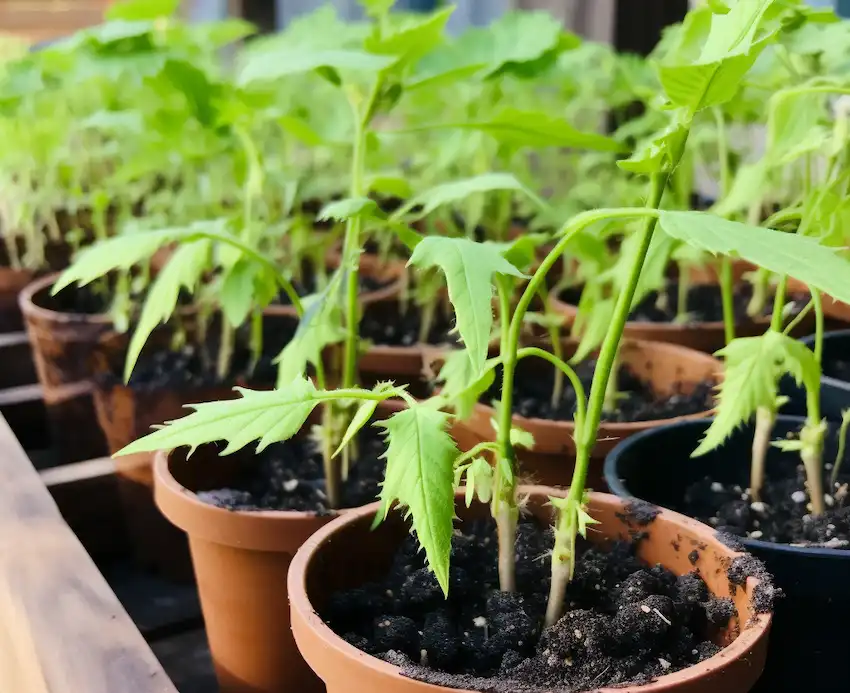

Caring for Potted Okra
- Watering: Okra in pots requires consistent watering. Keep the soil moist but not soggy. Water at the base of the plant to avoid wetting the leaves.
- Feeding: Use a balanced, slow-release fertilizer to nourish your okra plants. A mid-season top-up can help boost growth.
- Temperature Management: Okra loves warmth. Maintain an ambient temperature around 75°F to 95°F (24°C to 35°C) for optimal growth.
- Pruning and Staking: Some varieties may need staking for support. Prune any dead or yellowing leaves to encourage new growth.
- Pest Control: Watch out for common pests like aphids. Use organic pest control methods to keep these at bay.
- Harvesting: Harvest okra when pods are 2-3 inches long for the best flavor and texture. Regular harvesting encourages more pod production.
Tips and Tricks for the Best Potted Okra
- Pre-soak seeds: Soaking okra seeds overnight can help speed up germination.
- Mulching: Adding a layer of organic mulch can help retain soil moisture and regulate temperature.
- Regular Check-ups: Regularly inspect your plants for signs of pests or diseases.
- Companion Planting: Consider companion planting with herbs or flowers to enhance growth and deter pests.
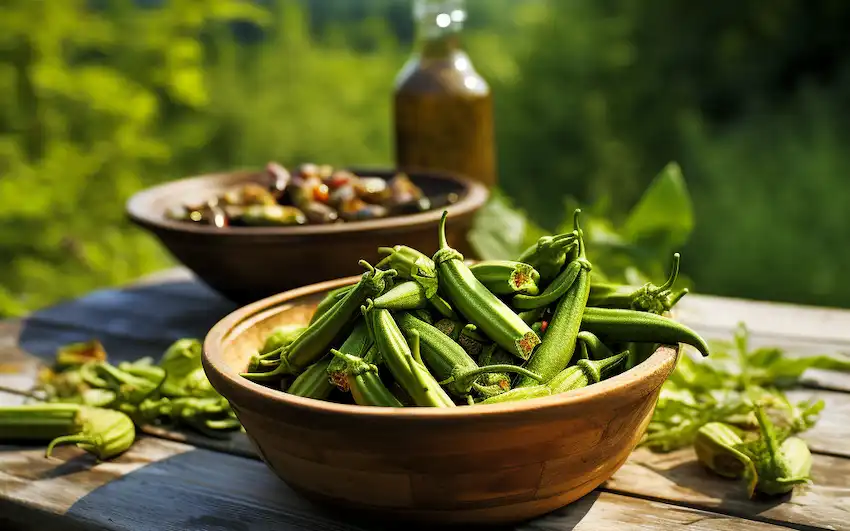

By following these guidelines, you can grow flourishing okra plants in pots and enjoy a bountiful and tasty harvest. Remember, the key to successful container gardening is consistent care and attention to the specific needs of your chosen okra variety. Happy gardening!
